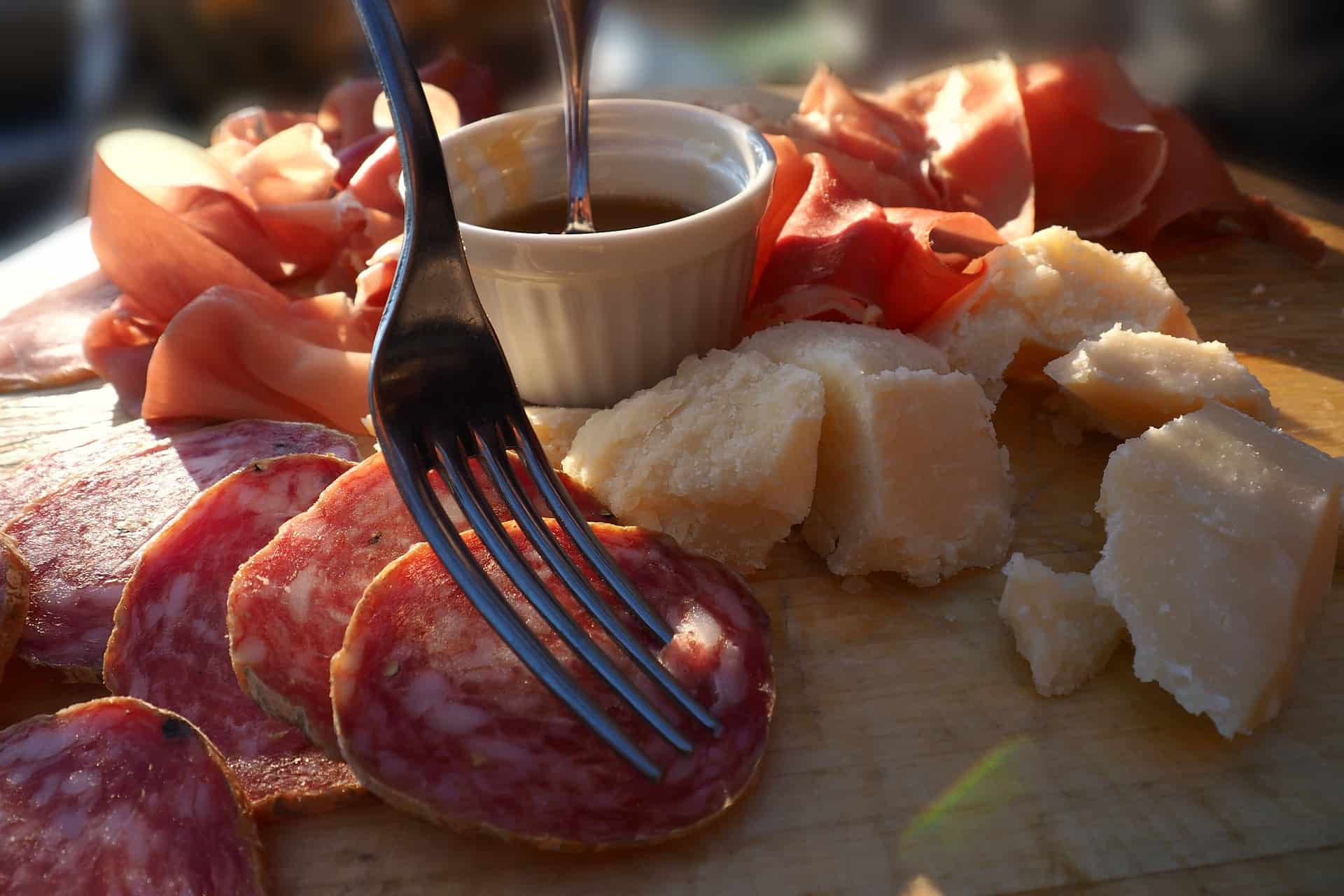Cured vs Uncured Ham: What’s The Difference?

There are pros and cons to both when it comes to cured vs uncured ham. Cured ham is typically soaked in brine or pickled before being smoked or cooked. This process helps to preserve the meat and gives it a salty flavor. On the other hand, Uncured ham is not cured with salt but instead left to cure naturally. This can take anywhere from a few days to weeks, depending on the humidity and temperature of the environment. Uncured ham has also been healthier than cured hams because it contains less sodium.
Some cured hams should not be eaten uncooked due to increased NaCl content. These cured hams must either be cooked before eating or cured for a more extended period to reduce the amount of NaCl. In this article, we will be looking at cured and uncured hams and what makes them different.
What Is Cured Ham?
Cured ham is cured with salt or other ingredients such as sugar, nitrates, and spices. Bacon, pancetta, prosciutto, and country ham are all cured hams. Salt inhibits the growth of bacteria and can preserve meat. Sugar, nitrates, or nitrites add flavor and help inhibit bacteria’s growth.
Cured ham must be cooked before eating to reduce the risk of food poisoning. Antibiotic-resistant strains of the bacteria “Clostridium botulinum” can survive in cured ham because salt prevents them from multiplying. This type of bacteria releases toxins that cause botulism, which can be prevented by cooking cured meats before eating them.
Cured ham has a salty taste due to the number of nitrates and other ingredients used in its production.
What Is Uncured Ham?

Uncured ham is cured naturally and doesn’t contain any nitrates or nitrites. Rather than being cured with salt, uncured hams are cured using salt and other ingredients such as celery powder, nutmeg, cloves, brown sugar, black pepper, and maple syrup.
Curing meat naturally can take anywhere from a few days to weeks, depending on the humidity and temperature of the environment. Uncured hams contain less sodium than cured hams because they are not cured with salt. This makes them healthier to eat as well as more flavorful. Uncured ham has been noted to have a smoky flavor.
Cured vs Uncured Ham: How are they made differently?
Cured ham is cured with salt or other ingredients such as sugar, nitrates, and spices. On the other hand, Uncured ham is cured naturally with a mixture of salt and other components such as celery powder, nutmeg, cloves, brown sugar, black pepper, and maple syrup.
Cured ham is cured with salt in a pickling brine in “pickle cured.” This cured ham is then dried and smoked before being sold in grocery stores. On the other hand, uncured ham is cured naturally by applying curing ingredients such as salt onto the meat to avoid bacterial growth before it’s cooked. This cured ham is then allowed to ferment in a controlled humidity environment. This cured meat can take anywhere from a few days to weeks.
What are the benefits of each type of ham?
Cured Ham
- cured ham is cured with salt and other preservatives, which make it last longer.
- Cured ham has a slightly salty flavor.
- Cured ham is often smoked, which gives it a smoky flavor.
Uncured Ham
- uncured ham is not cured with salt and other preservatives, so it has a shorter shelf life.
- Uncured ham does not have a salty flavor.
- Uncured ham is not smoked, so it doesn’t have a smoky flavor.
Differences between cured and uncured hams
Cured and uncured hams are both types of ham, but there is a big difference between the two. Cured ham is ham that has been treated with either a dry-cure or a wet-cure. Cured ham is also often smoked. Uncured ham, on the other hand, has not been cured. It is simply raw pork that has been treated with salt and spices to prevent bacteria from growing.
The main difference between cured and uncured hams is how they are cured. Cured ham is cured with either a dry-cure or a wet-cure. A dry-cure involves rubbing the meat down with salt, sugar, and spices. This mixture is then left on the meat for a set number of days. The amount of time curing it depends on how much salt, sugar, and spices are added to the mixture.
Unlike a dry cure, a wet cure involves immersing the meat in brine. Brine is simply water mixed with salt, so this process must be done carefully because if there is too much salt, the meat will become inedible. After it has been cured with brine, cured ham is often smoked.
The second difference between cured and uncured hams is that cured ham tends to be more expensive than uncured ham. There are several reasons for this плед. One reason is that cured ham must be cured for a more extended period. This is because cured ham has already been cured with salt, sugar, and spices.
Also, cured ham is more expensive than uncured ham because cured ham is often smoked. This gives it more flavor and makes it look better on the plate купити постільну білизну. Unfortunately, smoking also tends to dry the meat, so cured ham also has a shorter shelf life.
How do you store ham?
Ham is a type of cured meat typically eaten during the holidays. There are two main types of ham: cured and uncured. Cured ham is made with a salt and sugar cure injected into the meat. This process preserves the meat and gives it a salty flavor дропшипінг постачальники. Uncured ham is not cured with a salt and sugar cure. Instead, it is cured with a smoke cure. This process gives the ham a smoky flavor.
Both cured and uncured hams must be appropriately stored to maintain their quality. Cured hams should be stored in the refrigerator at 38 degrees Fahrenheit or below плед купить киев. Uncured hams can be stored in the fridge or at room temperature. However, they should not be stored in the freezer.
Conclusion: Cured vs Uncured Ham
cured ham and uncured ham are both types of ham, but there is a big difference between the two. Cured ham is ham that has been treated with either a dry-cure or a wet-cure. Cured ham is also often smoked постельное белье. Uncured ham, on the other hand, has not been cured. It is simply raw pork that has been treated with salt and spices to prevent bacteria from growing.






